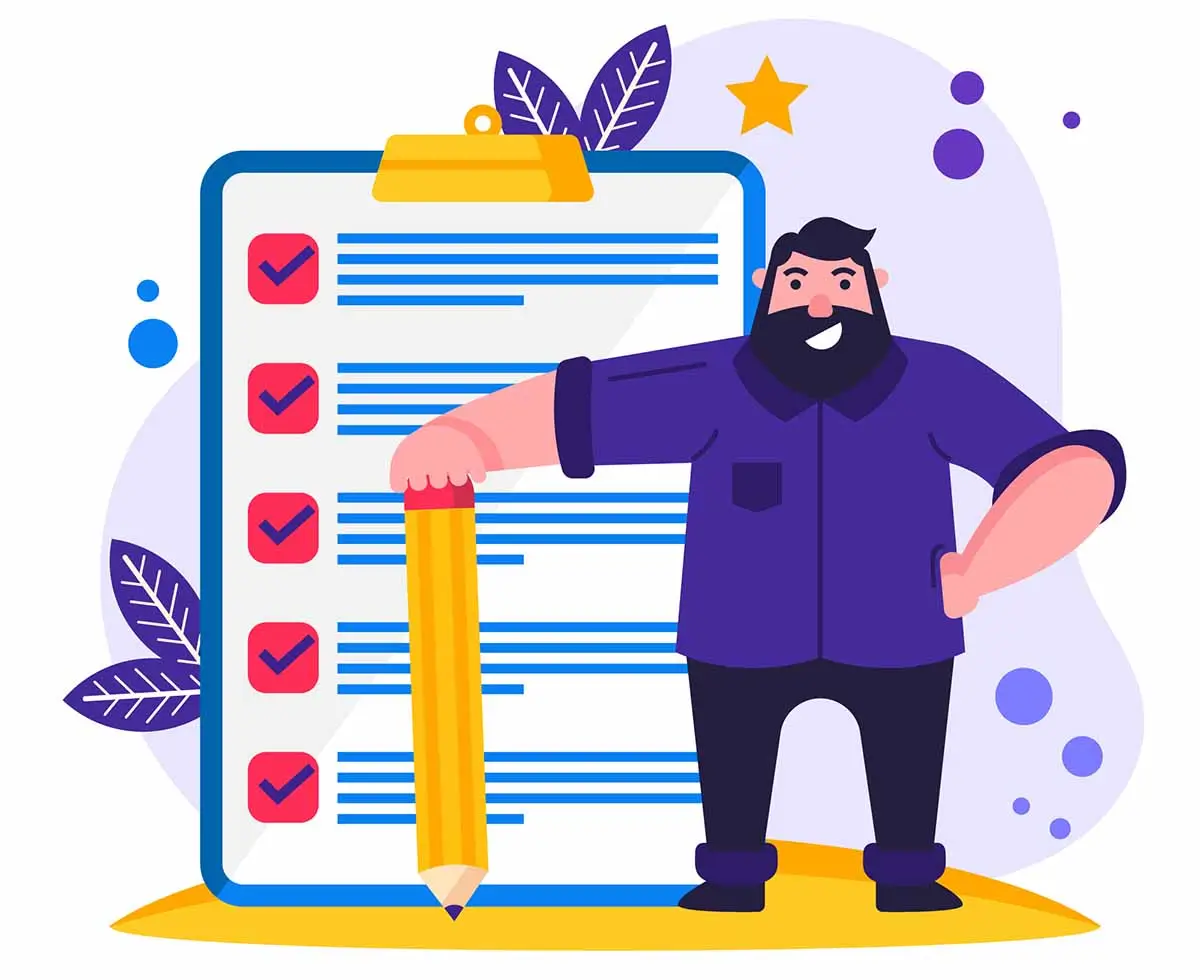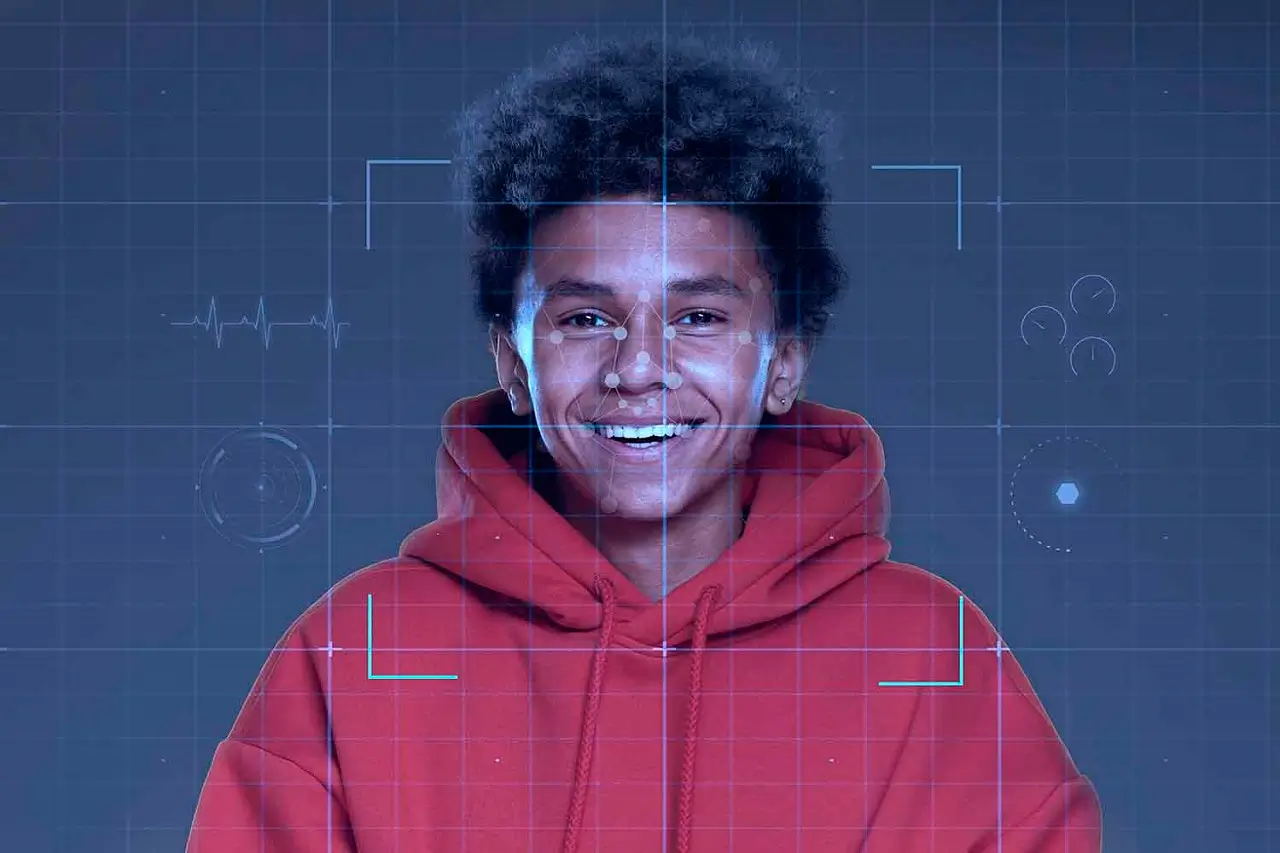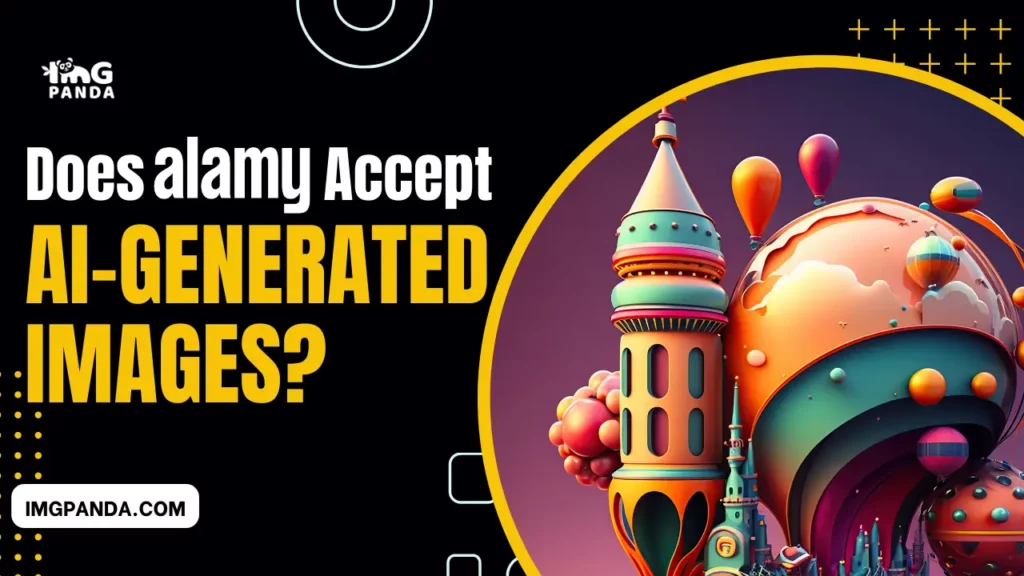Introduction
Understanding the submission criteria of image platforms is crucial for photographers looking to showcase and sell their work effectively. Alamy, as one of the prominent stock image platforms, has specific guidelines that photographers must follow when submitting their images. One question that arises in this context is whether Alamy accepts AI-generated images.
In this exploration of Alamy's submission criteria and the acceptance of AI-generated images, we will delve into the guidelines set by Alamy and examine the implications and limitations surrounding AI-generated content. By understanding Alamy's policies and considering the factors influencing the acceptance of AI-generated images, photographers can navigate the submission process with clarity and make informed decisions about their work.
Also Read This: Trending in Pixels: Exploring Adobe Stock’s Most Popular Images
Alamy's Submission Criteria
[caption id="attachment_201208" align="alignnone" width="1200"] Alamy's Submission Criteria[/caption]
Alamy's Submission Criteria[/caption]
Alamy has specific submission criteria that photographers must adhere to when submitting their images. These criteria are in place to ensure the quality, legality, and marketability of the images available on the platform. Firstly, Alamy requires images to meet certain standards of quality. This includes factors such as sharpness, focus, exposure, and overall technical excellence. Images should be free from noise, artifacts, and excessive post-processing. Photographers are encouraged to submit images with high resolution and in a suitable file format to ensure optimal viewing and usage.
In terms of intellectual property rights, Alamy requires photographers to have the necessary rights and permissions for the images they submit. This includes obtaining model releases for recognizable individuals and property releases for identifiable private property. Photographers should also be mindful of any copyrighted elements within their images and ensure proper clearance or usage rights where applicable.
Alamy places a strong emphasis on authenticity and originality. Images should reflect real-world situations and avoid artificial or misleading elements. The platform values the creative vision and individual expression of photographers, encouraging them to capture unique and genuine moments.
However, when it comes to AI-generated images, Alamy's submission criteria may present certain considerations and limitations. As an image platform that values human creativity and authenticity, AI-generated images may not align with the platform's emphasis on originality and genuine human expression. The artistic merit and uniqueness of AI-generated images may be subject to evaluation and potential limitations.
It is important for photographers to review Alamy's submission guidelines in detail and consider the implications and compatibility of AI-generated images within the platform's criteria. This will help photographers make informed decisions about the submission of their AI-generated content and ensure alignment with Alamy's requirements.
While AI-generated images may present challenges within Alamy's submission criteria, photographers have the opportunity to explore alternative approaches. This can include leveraging AI-assisted techniques in image creation, drawing inspiration from AI-generated content for original photography, or combining AI-generated elements with traditional photography techniques.
Also Read This: Shutterstock x Canva: A Creative Collaboration
AI-Generated Images and Alamy's Policies
The emergence of artificial intelligence (AI) technology has raised questions about its impact on the photography industry, including the submission of AI-generated images to platforms like Alamy. Alamy, like many other platforms, has specific policies and considerations regarding the acceptance of AI-generated content.
While Alamy's guidelines may not explicitly address AI-generated images, their emphasis on authenticity and human creativity suggests a preference for images created by human photographers. Alamy values the unique perspectives and genuine moments captured by photographers, which may not align with the automated nature of AI-generated images.
AI-generated images are created using algorithms and machine learning techniques, often by training models on existing photographs to generate new ones. These images can showcase impressive technical skills and mimic various styles and subjects. However, the question arises as to whether AI-generated images possess the same artistic merit and genuine human expression as those created by human photographers.
Alamy's policies and criteria are likely rooted in the belief that photography is a creative and expressive form of art that involves the unique vision and interpretation of human photographers. AI-generated images may lack the human touch and subjective decision-making that photographers bring to their work.
Furthermore, considerations of copyright and intellectual property rights come into play with AI-generated images. If AI models are trained on copyrighted photographs or incorporate copyrighted elements, it raises concerns about potential copyright infringement.
Given these factors, photographers should carefully consider the compatibility of AI-generated images with Alamy's policies before submitting them to the platform. While Alamy's guidelines may not explicitly prohibit AI-generated images, photographers should assess the artistic merit, authenticity, and legal implications of their AI-generated work in relation to the platform's emphasis on human creativity and copyright compliance.
Photographers who wish to incorporate AI-generated elements or techniques can explore alternative approaches within Alamy's policies. This may involve using AI-assisted techniques as part of the creative process, drawing inspiration from AI-generated content for original photography, or combining AI-generated elements with traditional photography techniques to create unique and compelling images that align with Alamy's criteria.
Ultimately, photographers should review Alamy's policies, engage in thoughtful self-assessment of their AI-generated images, and make informed decisions about their submission strategies. By understanding Alamy's stance on AI-generated images and respecting the platform's guidelines, photographers can navigate the submission process effectively and showcase their work in a manner that aligns with the platform's principles.
This video explains about AI-Generated Images and Alamy's Policies:
Also Read This: List of Top Cyber Security Linkedin Profiles
Factors Influencing Alamy's Acceptance of AI-Generated Images
While Alamy's policies may not explicitly address AI-generated images, several factors are likely to influence their acceptance or compatibility with the platform. Understanding these factors can help photographers assess the potential reception of AI-generated images on Alamy:
1. Emphasis on authenticity and human creativity: Alamy values the unique perspectives, creativity, and genuine human expression that photographers bring to their work. AI-generated images may be evaluated based on whether they possess the same level of artistic merit and authenticity as images created by human photographers.
2. Artistic merit and uniqueness: Alamy places importance on the artistic quality and uniqueness of images. AI-generated images may undergo scrutiny regarding their originality, creativity, and distinctiveness. Evaluating the extent to which AI-generated images can demonstrate artistic merit becomes essential in assessing their acceptance on the platform.
3. Compatibility with Alamy's customer base: Alamy's customer base comprises individuals and businesses seeking diverse and visually compelling images. The market demand and preferences of potential buyers on Alamy can influence the acceptance of AI-generated images. The images should align with the needs and expectations of Alamy's customers.
4. Copyright and intellectual property considerations: AI-generated images that utilize copyrighted materials or are trained on copyrighted photographs raise concerns regarding potential copyright infringement. Alamy's policies prioritize copyright compliance and respect for intellectual property rights, which may impact the acceptance of AI-generated images that involve copyrighted content.
5. Alamy's long-term vision and strategies: Alamy's approach to AI-generated images may evolve over time as technology advances and industry practices change. The platform may adapt its policies and guidelines in response to market trends and emerging technologies. It is important for photographers to stay informed about any updates or changes to Alamy's acceptance criteria for AI-generated images.
It is crucial for photographers to assess these factors and consider how their AI-generated images align with Alamy's principles and acceptance criteria. By evaluating the artistic merit, authenticity, copyright considerations, and compatibility with the platform's customer base, photographers can make informed decisions about submitting AI-generated images to Alamy.
Also Read This: Canceling Payment in Depositphotos Account: How-To
Alternatives for AI-Generated Images on Alamy
[caption id="attachment_201223" align="alignnone" width="1280"] Alternatives for AI-Generated Images on Alamy[/caption]
Alternatives for AI-Generated Images on Alamy[/caption]
If AI-generated images are not accepted on Alamy, there are several alternatives for creators and photographers seeking to showcase their AI-generated artworks and photographs:
1. Other Stock Photography Platforms: Explore other stock photography websites that may have different policies regarding AI-generated content. Some platforms specifically cater to AI-generated art and offer opportunities to sell or license such works.
2. AI-Centric Art Platforms: Consider specialized art platforms that focus on AI-generated artwork and digital creations. These platforms may attract a more targeted audience interested in AI-generated content.
3. Personal Websites and Portfolios: Create a personal website or portfolio to showcase and sell AI-generated images independently. This provides full control over the presentation and distribution of your work.
4. Art Galleries and Exhibitions: Seek opportunities to display AI-generated art in physical or digital art galleries and exhibitions to reach a broader audience and potential buyers.
5. Social Media and NFTs: Utilize social media platforms to share AI-generated images and explore the growing trend of non-fungible tokens (NFTs) to sell and authenticate digital art.
Also Read This: The Benefits of Using Stock Footage in Your Video Production
FAQ
1. What are AI-generated images?
AI-generated images are images that are created by artificial intelligence (AI). AI can be used to create images in a variety of ways, including:
- Generating images from text descriptions: This involves feeding AI a text description of an image, and then having the AI generate an image that matches the description.
- Generating images from existing images: This involves feeding AI an existing image, and then having the AI generate a new image that is similar to the original image.
- Generating images from scratch: This involves having AI create an image from scratch, without any input from a human.
2. Does Alamy accept AI-generated images?
Alamy does not currently accept AI-generated images. However, Alamy is always looking for new and innovative ways to source images, so it is possible that AI-generated images may be accepted in the future.
3. What are the reasons why Alamy does not accept AI-generated images?
There are a few reasons why Alamy does not currently accept AI-generated images:
- Copyright concerns: There is some copyright uncertainty around AI-generated images. It is not clear who owns the copyright to an AI-generated image, and this could make it difficult for Alamy to sell the images.
- Lack of demand: There is currently not a lot of demand for AI-generated images. Most buyers of stock images are looking for images that are realistic and authentic, and AI-generated images are often not considered to be as realistic as traditional images.
- Quality concerns: The quality of AI-generated images can vary greatly. Some AI-generated images are very high quality, while others are not. Alamy wants to ensure that all of the images on its platform are of the highest quality, so it is not currently accepting AI-generated images.
4. What are the future trends for AI-generated images?
The technology for AI-generated images is constantly evolving, and it is possible that AI-generated images will become more popular in the future. If this happens, Alamy may decide to start accepting AI-generated images.
5. How can I stay up-to-date on the latest developments in AI-generated images?
There are a few ways to stay up-to-date on the latest developments in AI-generated images:
- Follow industry publications: There are a number of industry publications that cover AI-generated images, such as The Verge and Wired. These publications often publish articles about new developments in AI-generated images.
- Attend industry events: There are a number of industry events that focus on AI-generated images, such as the AI Photography Summit and the AI Image Generation Conference. These events often feature presentations from experts in the field of AI-generated images.
- Follow AI-generated image artists: There are a number of artists who create AI-generated images. You can follow these artists on social media or their websites to see their latest work.
Conclusion:
Alamy announced that they would no longer be accepting AI imagery and would be removing all of this type of content from the Alamy platform. The reason for this decision is that Alamy believes that AI-generated images are not of the same quality as traditional stock photos and that they can be misleading or deceptive. Additionally, Alamy is concerned about the potential for AI-generated images to be used for copyright infringement or other illegal purposes.
While it is legal to sell AI-generated images, Alamy's decision to no longer accept them means that there is a limited market for these types of images. If you are interested in creating and selling AI-generated images, you may want to consider other platforms, such as Shutterstock or Adobe Stock.












